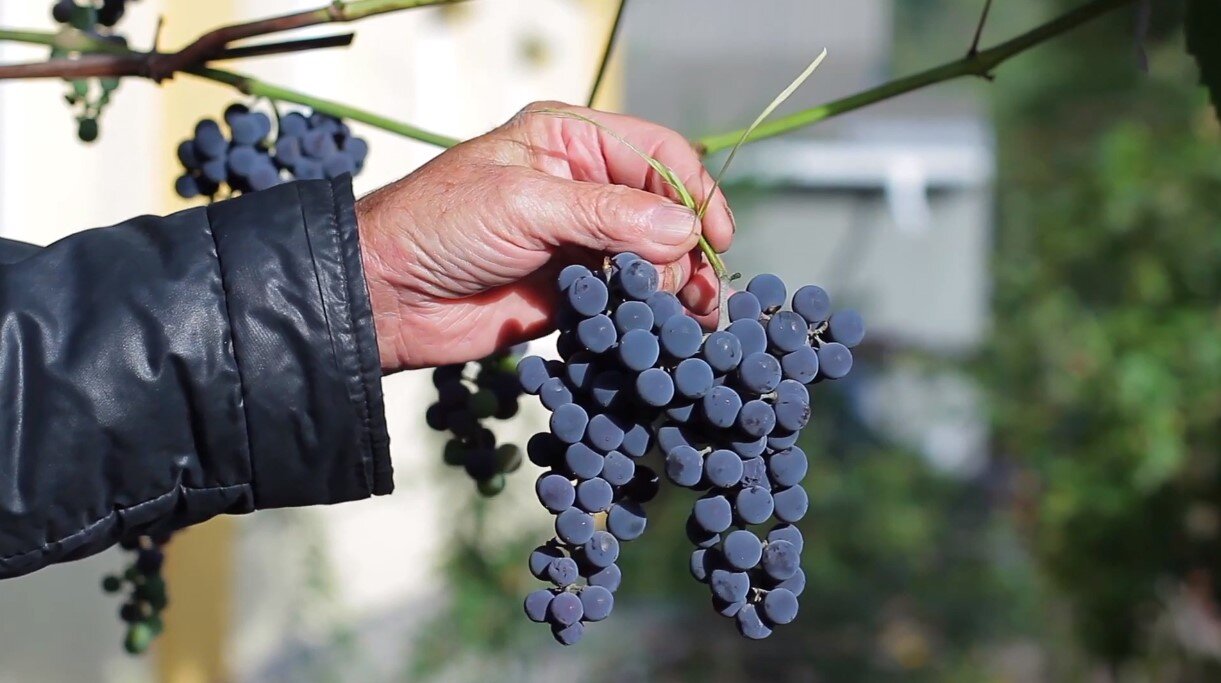
Julien Miquel
Chief Wine Officer, Alti Wine Exchange
Champagne is a region in France, just about an hour an hour and half outside of Paris. It’s a cold region with a unique terroir, allowing to produce and craft extremely fine wines as we understand.
But what else do you need to know about Champagne?
Here, I would like you to get to understand an essential part of what makes Champagne what it is, the different grapes they grow there and use to make the finest sparkling wines in the world.
Learn about the 7 Champagne grapes in video
Here, I would like you to get to understand an essential part of what makes Champagne what it is, the different grapes they grow there and use to make the finest sparkling wines in the world.
Blending red & white grapes to make white wine
A rare feature of Champagne
One crucial aspect you need to understand about how Champagne is made, and most sparkling wines around the world in fact, is that they are made bending wines made from red grapes, and wines made from white grapes.
There are not many wines around the world made this way. In fact, it’s generally forbidden by law in Europe to make wines blending red and white grapes, even for making rosé, because the authorities generally don’t want wineries to blend things too liberally which may confuse or mislead consumers.
Champagne is an exception. We’re all glad it is, because blending red and white grapes allows them to craft fine, complex and balanced sparkling wines.
What happens here is that for making bubblies, you need to produce and pick grapes that are not very ripe. Grapes that are still rather tangy and acidic rather than sweet ones, in order to obtain a refreshing, crisp and refine Champagne.
Grapes in Champagne are picked at a sweetness level that would give 9 to 11% alcohol wines, against about 13 to 15% for still wines. When grapes are ‘underripe’, even red grapes give a juice that is white when you press them, because the red pigments that makes grapes red stay in the skin and don’t color the grape juice that is white, or say green or yellow.
This is how you can make a white Champagne wine using red grapes, or just give it a little bit of red color to make rosé. It is rather unique in the world of wine…
The 3 classic grapes of Champagne
Champagne uses almost exclusively 3 types of grapes, two of which are some of the most famous ones.
THE white grape used in Champagne is the famous Chardonnay.
The great advantage of Chardonnay is that it’s a rather neutral grape, that allows to make fine and zingy Champagnes with delicate notes of citrus, lemon and lime, and a delicious underlying briochy character.
Chardonnay often provides the backbone of acidity in blends. Champagnes made exclusively from Chardonnay are called Blancs de Blancs, understand white made from white grapes. 100% Chardonnay Champagnes can be some of the finest Champagnes, like those coming from Grand Cru villages of the Cote des Blancs, a sub-region of Champagne crafting the finest Chardonnays on chalky limestone soils.
The two red grapes in Champagne are the famous Pinot Noir, and the less famous Pinot Meunier.
Pinot Noir adds layers of delicate red berry notes to a Champagne, some fruitiness, and hints of grapefruit, still with good acidity. It adds complexity and depth to the blends, some liveliness too.
Pinot Meunier is a cousin of Pinot Noir hence it also being called Pinot. Meunier is not often grown outside of Champagne or at least not for anything else than for making sparkling wine.
Meunier adds a lot of upfront fruitiness to Champagne, an oilier smoother texture, less acidity and a more relaxed expression. It softens the blends, making them more appealing and gentler to the taste.
Blending those three grapes from different areas of Champagne, winemakers are able to balance their wines, combining the different characteristics of each grape for more complexity, more depth and more elegance. This is one of the many secrets of Champagne.

The forgotten grapes of Champagne
If you want to impress your friends with the completeness of your wine knowledge, you must know that there are not only 3 grapes that everyone knows and always talk about in Champagne.
There are 7 grapes allowed in Champagne.
Pinot Blanc is a white grape of the Pinot family that is often used for making sparkling wines in other regions like Alsace or Burgundy. It’s permitted but rare in Champagne.
The 3 other grapes, that are local to Champagne, are called Petit Meslier, Arbanne, and Fromenteau.
If you want to try something completely different that is still called Champagne, you can find varietal wines made from those, such the Petit Meslier made by a producer called Duval-Leroy, or the Arbanne made by Moutard. Another is made by Serge et Olivier Horiot.
One of my favorites of all Champagnes is one called the Cuvée des 6 Cépages by the Moutard Champagne house. It uses 6 of the 7 grapes to craft a rather unique characterful Champagne. A must-try if you’re curious.
Enjoy…

And also…
-
Read and watch Julien Miquel’s series on the finest wines from Bordeaux and Burgundy.
-
Follow Julien’s accounts on Facebook, Twitter and Instagram, and check out his award-winning blog, Social Vignerons.
